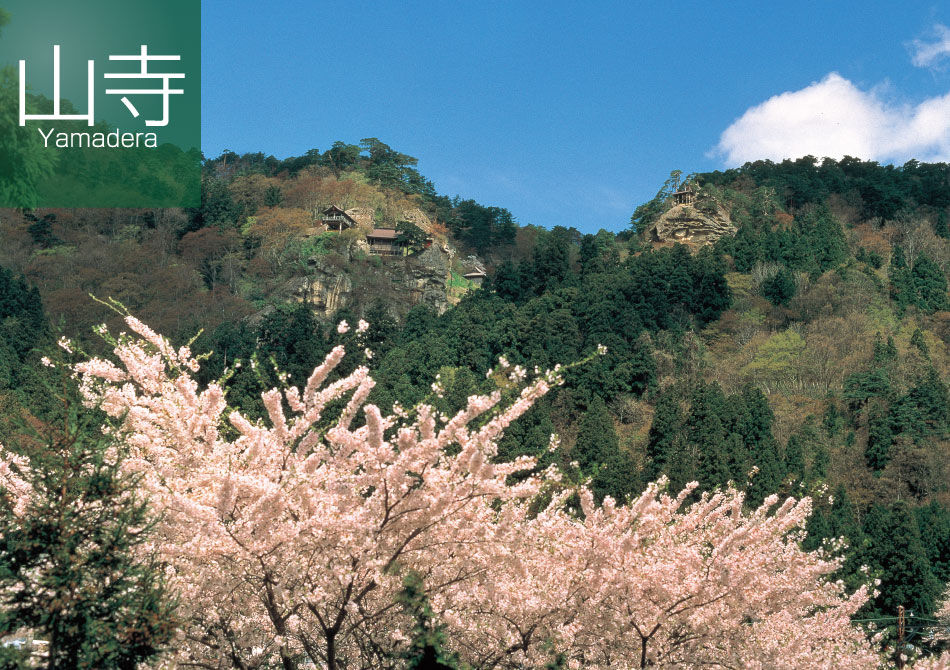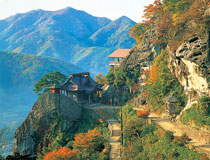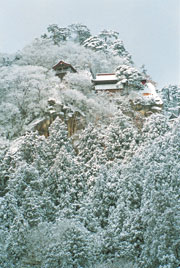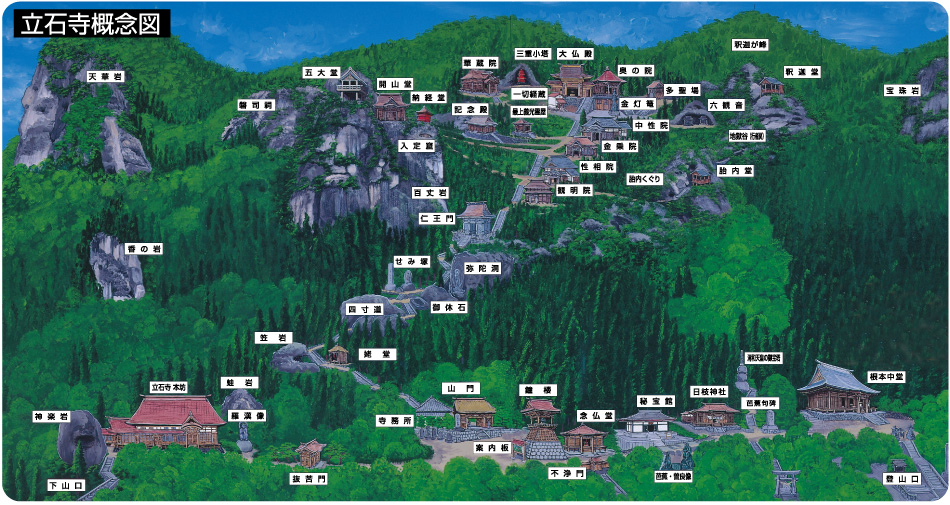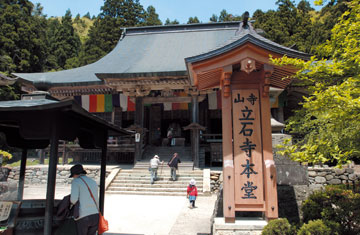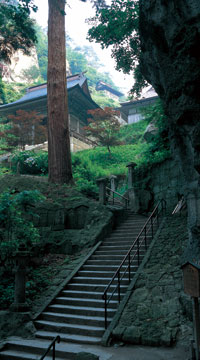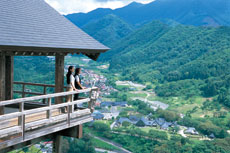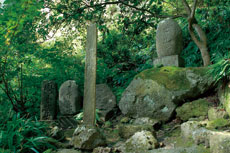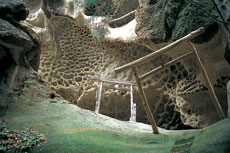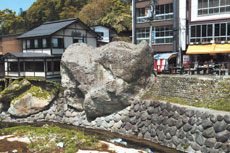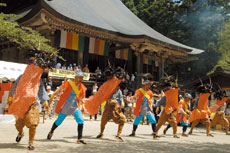Risshakuji Temple
Jikakudaishi Ennin, the third leader of the Tendaishu, founded this ancient temple, properly named Hojusan Risshakuji, in 860. People have long worshipped at this temple, which they regard as one of the most renowned sacred places in Tohoku. Climb the more than 1,000 stone steps from the entrance of the mountain up to the Okunoin building, where you can see big stones in interesting shapes and enjoy the spectacular views stretching way down below which change with the season.

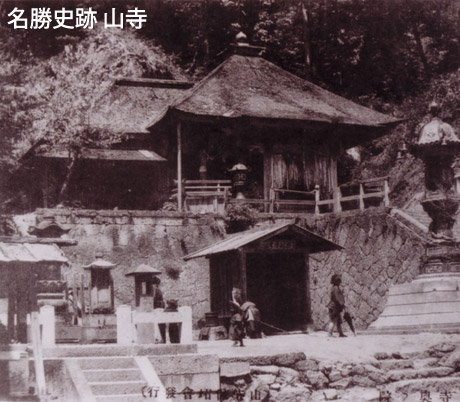
Yamadera is the name of an area centered on Risshakuji Temple. In 1950, Yamadera was designated as a historic site with national outstanding scenic beauty.
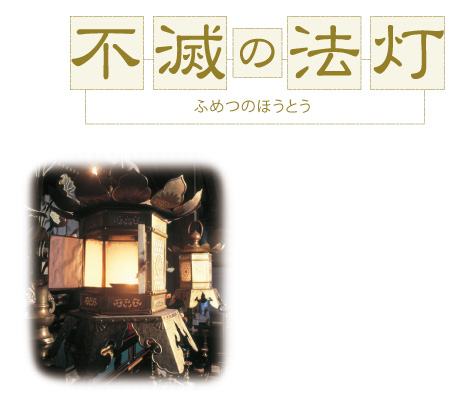
Flame taken from the torch that Denkyodaishi Saicho brought to Hieizan Enryakuji Temple from China about 1,000 years ago still burns in Risshakuji Temple. When Enryakuji Temple was reconstructed after burning to the ground, light was taken from the light kept in Risshakuji Temple to be returned to Enryakuji Temple. This light is still kept burning at Konponchudo, the main building of Risshakuji.

Konponchudo Building
A wooden seated statue of Yakushi Nyorai (a saint who attained Buddhahood) said to have been made by Jikakudaishi Ennin is housed in this main building of Risshakuji Temple. Konponchudo is said to be the oldest building made of beech in Japan, and is an important national cultural property.

Niomon Gate

Godaido

Poet, Basho Matsuo

The master poet, Basho Matsuo, visited Yamadera with his pupil, Sora, on 13 July 1689. Basho penned a famous poem about Yamadera which is included in his celebrated travelogue, Okunohosomichi.

Semizuka Monument

Yamadera Senjuin Temple
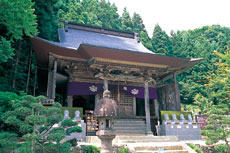
This temple enshrines a statue of Senju Kanzeonbosatsu (the Goddess of Mercy) thought to have been made by Jikakudaishi. This is the location of the second paper amulet of Mogami's 33 Kannon statues. Be sure not to miss the entrance arch called "tsuiteru torii", because it is said that if you give it a hug, your wish will come true.

Tendainomichi Walk

Taimenseki Stone

Sanno Festival
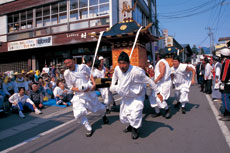
This is the festival of Hie Jinja Shrine which is dedicated to the guardian god of Mt. Hojusan. Participants run around the temple town carrying the shrine's three sacred palanquins, wishing for a good harvest and easy births. It is said that if rain drops onto the sacred palanquins, there will be a bountiful harvest.

Nightlong vigil of Buddhist prayer
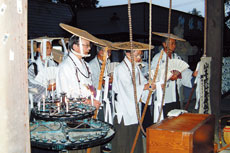
This traditional vigil is an annual event. Prayers begin in the evening of August 6th and continue until the morning of the following day. Participants walk from the Konponchudo of Risshakuji Temple towards Okunoin while chanting prayer through the night. This vigil has been performed for 500 years and has been designated as an intangible folk cultural asset of the city of Yamagata.

Banji Festival

Omoshiroyama Momijigawa Keikoku
Walk along Momijigawa River in Omoshiroyama Kogen. You can see seven waterfalls of various sizes and strangely shaped rocks, and enjoy flowing streams and the feel of the breeze. Popular for barbecues in the summer and imonikai (taro soup picnics) in the autumn


